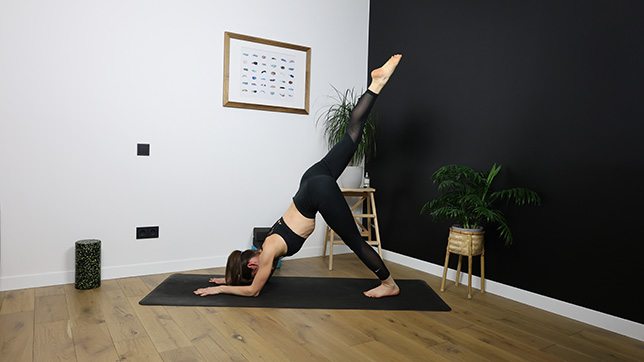
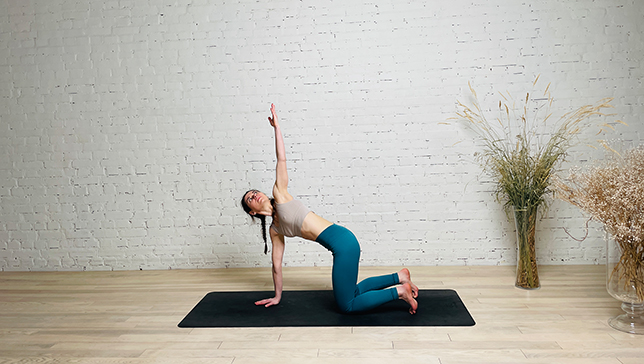

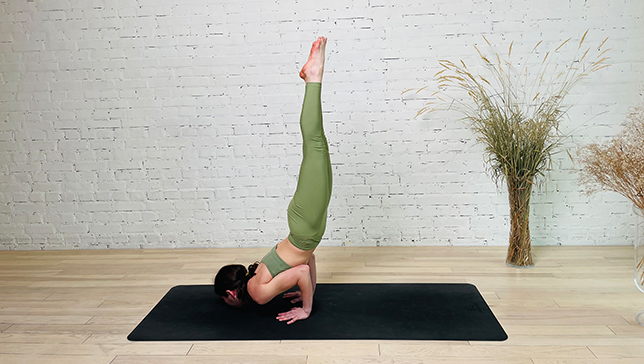


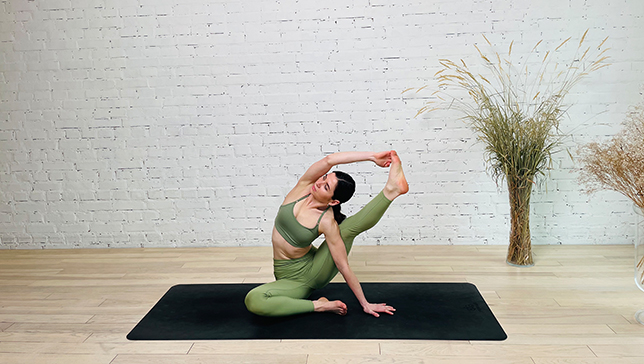

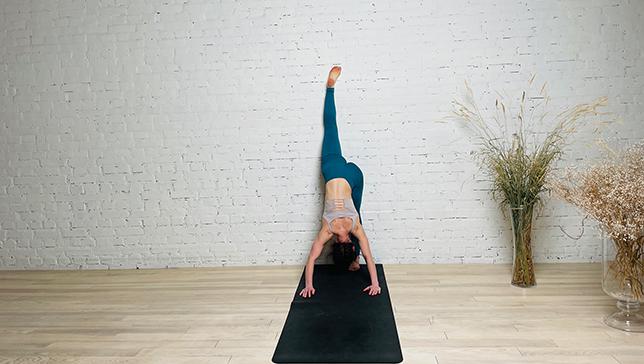
We use cookies to help you navigate efficiently and perform certain functions. You will find detailed information about all cookies under each consent category below.
The cookies that are categorized as "Necessary" are stored on your browser as they are essential for enabling the basic functionalities of the site. ...
Necessary cookies are required to enable the basic features of this site, such as providing secure log-in or adjusting your consent preferences. These cookies do not store any personally identifiable data.
Functional cookies help perform certain functionalities like sharing the content of the website on social media platforms, collecting feedback, and other third-party features.
Analytical cookies are used to understand how visitors interact with the website. These cookies help provide information on metrics such as the number of visitors, bounce rate, traffic source, etc.
Performance cookies are used to understand and analyze the key performance indexes of the website which helps in delivering a better user experience for the visitors.
Advertisement cookies are used to provide visitors with customized advertisements based on the pages you visited previously and to analyze the effectiveness of the ad campaigns.
Yoga poses that involve arm and leg support typically engage both the upper body and lower body muscles, creating a sense of balance and strengthening the core. These poses require stability, coordination, and the activation of various muscle groups. As with any yoga practice, ensure proper alignment and listen to your body to avoid strain or injury. If you're new to these poses, consider practicing under the guidance of a qualified yoga instructor.









Arm and leg support yoga poses are designed to engage both the upper body (arms) and the lower body (legs) simultaneously, often requiring balance and strength. Here are some types of these poses:
These poses challenge your coordination, balance, and strength. While they offer numerous benefits, it’s important to practice with awareness and avoid pushing beyond your limits. Always listen to your body and consider seeking guidance from a qualified yoga instructor, especially when attempting more advanced variations.
Strength building: develops upper body and core strength
Core engagement: enhances core stability
Balance improvement: enhances overall balance
Full-body activation: engages multiple muscle groups
Posture enhancement: supports good posture
Wrist problems: wrist discomfort or injury.
High blood pressure: some poses may be unsuitable.
Pre-existing injuries: modify as needed.
Lack of upper body strength: avoid overexertion.